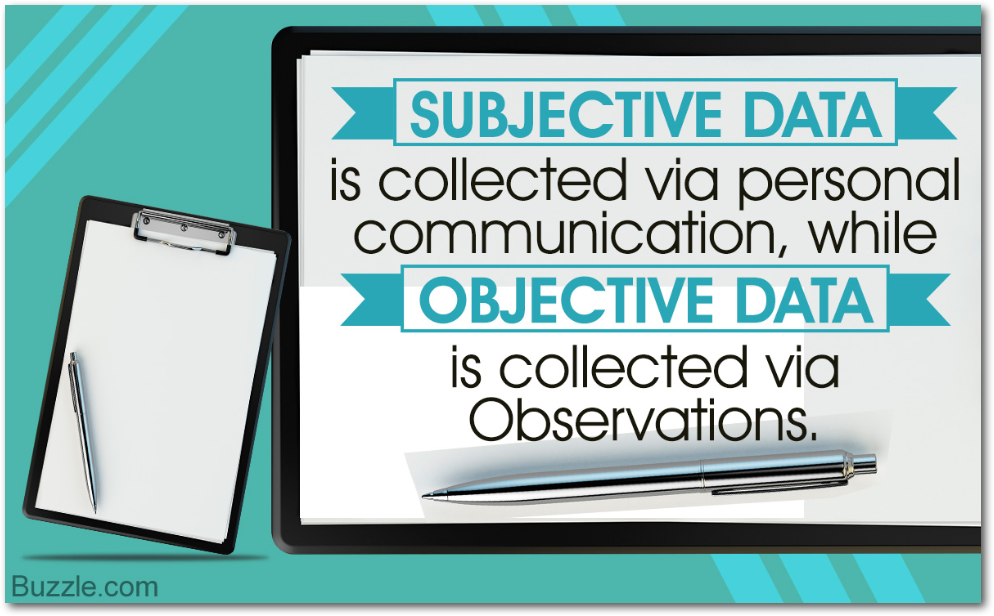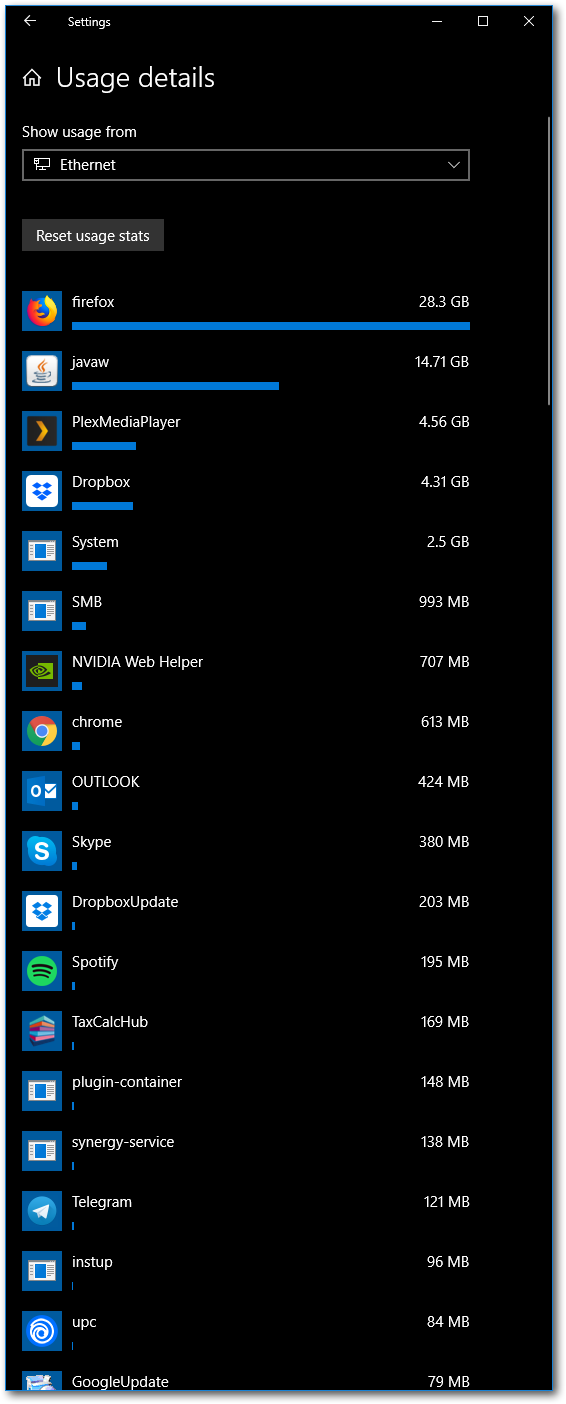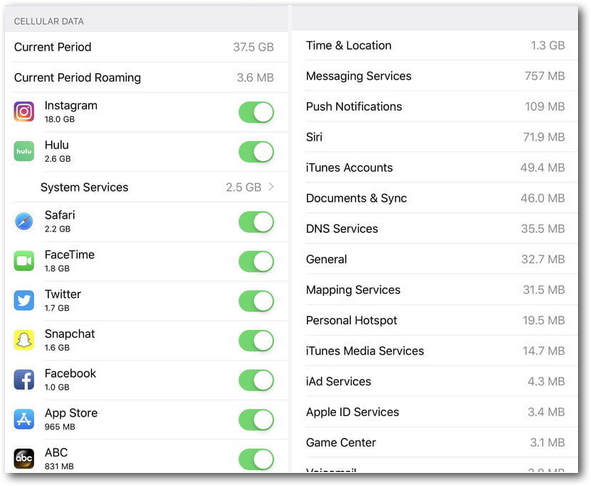One of the activities of the Falkland Islands Communications Week was to inform the National Broadband Strategy (which I would like renamed the National Internet Strategy) using the Household User Habits Survey.
According to the Falkland Islands Regulator’s web site:
“This survey is gathering information on how consumers use the internet now, and aspirations for the future. The results of this survey will contribute to calculating the international connectivity demands of the Falkland Islands providing a clearer picture of what a ‘typical household’ requires.”
The survey asks Internet users such detailed questions as: the number of users in a house, the time of day they used the Internet, the most important factors of using the Internet, what the Internet is used for, biggest problems in using the Internet, prioritised list of applications used, what would encourage more usage etc. etc.
As an ISP, Sure are able to obtain aggregated objective application data for the broad categories of IP traffic such as email peer-to-peer traffic, Skype and web browsing etc, but for privacy reasons it should not track individual applications that a consumer or business uses or the URLs of web sites accessed.
The household survey only shows how a household’s monthly Internet usage is split between applications and their usage in MB subjectively and not objectively. Surveys are useful but they are subjective in nature which can produce misleading results. If there is an opportunity to get objective data it should be taken.
 Source: buzzle.com
Source: buzzle.com
Difference between subjective and objective data.
Whereas there is a lot of room for interpretation and misunderstanding in somebody’s subjective statement, objective data is the complete opposite and cannot really be argued against. Objective data is observable and measurable.
Relying on purely subjective data can be misleading and problematical for a variety of reasons as it is unverifiable, often biased, subject to conscious or unconscious embellishment, bias or just plain bad memory. Obtaining at least some objective data is very important and any source of it should not be ignored as it is accurate and impartial by nature.
There is a obvious source of some objective application usage data to better inform the study that is relatively easy to access. I’m surprised that this has not been grabbed with both hands!
There are facilities in Windows 10 PCs, Android phones / tablets and iPhones / iPads that will allow a user to see their historical usage by application quoted in MB or GB over time. So if data could be collected from this objective data source it would add a big element of veracity to the survey. I have yet to find a similar facility for an Apple Mac.
In Part 1 of this three-part post I will show how you can access of this objective Internet application usage data.
Windows 10 based machines
Step 1: Go to the Windows Setting menu by pressing the Windows key + I or selecting the cog in the Start-up menu.
Step 2: Select Network & Internet.
Step 3: Select Data usage.
Step 4: On the black part of the menu select View usage per app. Select either Ethernet or wi-Fi.
You will then see a list of Apps with the amount they use in either MB or GB as you can see in the picture below:
 My application usage in the UK for one month.
My application usage in the UK for one month.
Not unsurprisingly, my biggest use of data is Firefox connecting to Netflix and Amazon video and I’ve used an amazing 28GB of data which would not be unusual. You will see why in Pert 2 of this post.
From this screen you can see your total application usage for any period of time you like. Just clear the list and go back to look afterr a time period you choose. A good period for use on the Falkland Islands would be a calendar month.
Android smartphones or tablets
Select Settings app, then choose Data Usage, then chose Mobile data usage and then you will see a list of applications and the amount of data used by month.
If you want to see the data used while you are connected to Wi-Fi either at home or a hotspot select Wi-Fi data usage instead of Mobile data usage.

Apple iPhone or iPads
Select Settings, select Mobile data (Cellular data). When the new window opens, scroll down to the section titled Cellular Data or Use Data For, which should be a couple of sections down from the top.

iPhone or iPad application usage
Apple Mac
I haven’t managed to track down a way of getting this sort of data from an Apple Mac, so if anyone has an idea or a recommended App please let me know.
The benefits of objective data.
Some of the benefits in relation to using some objective data this study are:
- First and foremost is obtaining firm objective data that is derived automatically should not be ignored.
- Use objective data in combination with subjective data for improved and more believable and accurate interpretations of data.
- Objective data collected automatically can be used to verify how reality matches subjective survey results.
- Objective data can be used to correlate ‘normal’ Internet usage in the Falkland Islands to ‘normal’ usage, say, in the UK or USA. This will provide an estimated percentage difference in usage between the two countries. Again, providing a much firmer base on which to base satellite capacity forecasts.
- Using this objective data would allow the identification of clear generational differences if there are any.
Caveats on using data obtained from PCs or smartphones.
- When there are a number of devices in use in a home and when some are connected to the router using Wi-Fi, then the results obtained from a single device will not be necessarily be the total used by a household. However, data on a single device could reflect only a single individual’s application usage. Each home would be different and this would need to be taken into account.
- If there are multiple individuals in a household using the Internet, then their application usage would probably be quite different and the data from their devices would need to be separately analysed.
- It would be important to obtain both mobile data AND Wi-Fi data as reported on the usage data screens.
- Objective application usage data is an ideal metric to collect to not only see how many MB or GB are used by an application in a calendar month but also provide hard evidence about which applications are most used.
Internet usage data thoughts
To obtain such objective data for application or app usage in addition to subjective data from the Household User Habits survey, I would propose that an initiative is organised by FIG that asks willing consumers and businesses collect the objective application usage data from their PCs, laptops, tablets and smartphones and send them in for analysis.
Of course, users will need to specify who was using the device plus any other information that would be required to accurately categorise data.
Such an activity would provide really useful data and make an evidence-based approach a much more objective.
Chris Gare, April 2019 Copyright: OpenFalklands.com

The difference between subjective and objective data was precisely what concerned me about the survey when I first heard about it. I also wonder if, as we’re finding with other forms of communication such as roads and the ferry, the usage would increase exponentially if the capacity was there, regardless of how much people thought they might use given the opportunity offered by any increase in capacity. What I’m trying to say is that if genuinely fast and affordable broadband was an option it would be used far more than anyone expects. (I’m aware that this is “subjective”!)
Thanks Griz. There’s nothing wrong with being subjective in the right context :>)